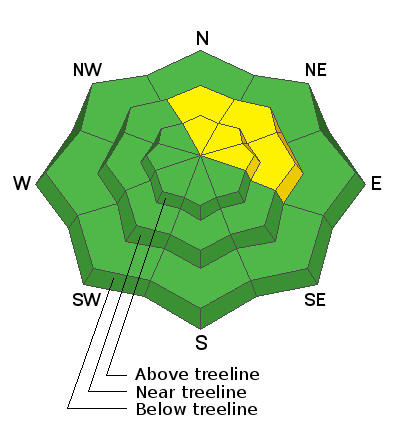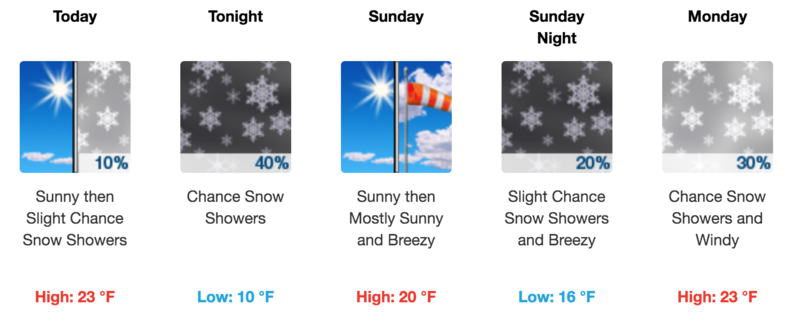Forecast for the Abajos Area Mountains

Issued by Eric Trenbeath on
Saturday morning, January 11, 2020
Saturday morning, January 11, 2020
Little change. Though the odds of triggering an avalanche decrease with each passing day, the danger remains MODERATE. Human triggered avalanches involving wind drifted snow are possible on steep slopes right around treeline and above that face N-NE-E. Old, hard wind slabs are most likely to be found downslope from ridge crests, and special attention should be paid to those slopes that have steep convexities or blind break overs. In some areas, a triggered wind slab may step down into a buried weak layer causing a deeper and more dangerous avalanche. Most other terrain has generally LOW danger.

Low
Moderate
Considerable
High
Extreme
Learn how to read the forecast here







